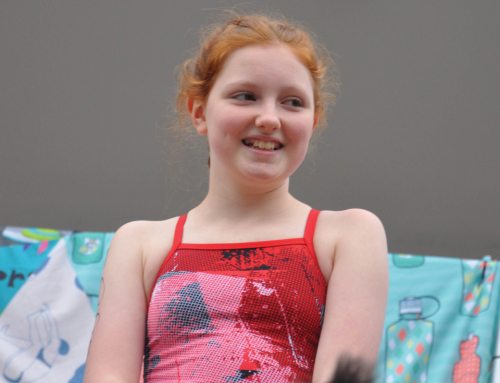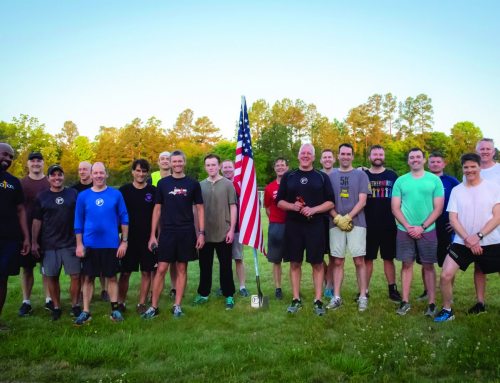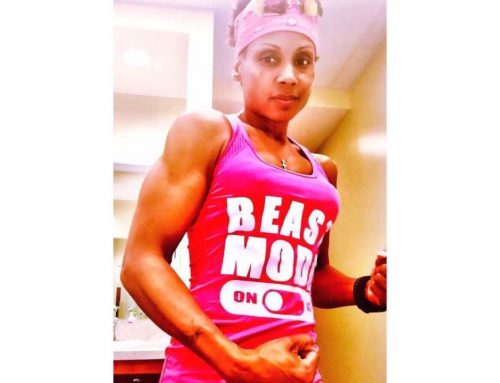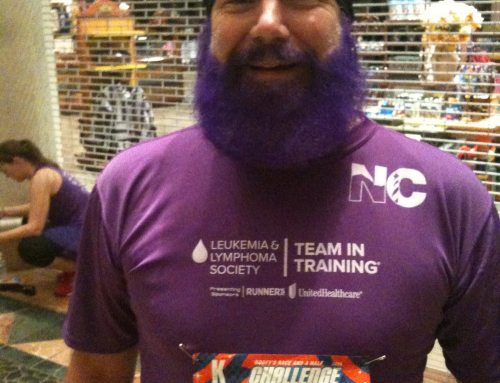By Joe Nuss
With her husband off to Saudi Arabia during the first Gulf War, an era without internet and cell phone communication, Missy Foy had to do something to take the edge off the “not knowing” part of being the wife of a soldier. Then 28 years old, she chose to take up running – a mile or two a couple times a week – to help deal with the stress of being a soldier’s wife, parent and student in a graduate degree program.
Missy was running two to three times a week when her husband returned, but was so accustomed to the habit, she kept on “jogging” at her own “leisurely” pace until by chance she learned from Duke Cross Country Coach Norm Ogilvie that her pace might not be that leisurely after all.
“I never ran in school so I had no concept of what was fast or what was slow,” said Missy. “I didn’t even know how many miles a week I was running!”
Norm, however, saw a pretty fast runner for someone without formal training and agreed to coach her. That was in October of 1996 and only a few months later in February, Missy ran in the 8K National Championship, finishing with a time just over 29 minutes in her first big race. According to Norm, Missy had two speeds: STOP and GO. Norm believed Missy’s ability to “go” was more suited for longer events and they soon started training for her first marathon, with a goal of reaching the Olympics.
Later in August of 1998, a couple of training runs during the intense summer heat typical of North Carolina left Missy feeling a bit more queasy than normal. One night, following her typical recovery routine, Missy collapsed on the bathroom floor and in a matter of days discovered her life was changed forever. She was diabetic.
The doctor’s diagnosis of Type 1 diabetes, left Missy reeling with visions of herself losing a leg, being blind, suffering kidney failure – this couldn’t be happening she thought. She was fit. She was a runner. WAS a runner. Norm was right, she had two speeds – STOP and GO. Type 1 diabetes most certainly had Missy in “stop”. Her career as a professional athlete was over, she thought.
“I knew my life had changed dramatically and I felt real sorry for myself,” said Missy. “My husband felt sorry for me too, and a little bit sorry for himself, considering what we’d have to deal with,” she added.
But that lasted two days, when her husband, Bob, circled a date on their calendar marking the time they would stop feeling sorry and get on with their lives.
“It gave me something tangible to look at on a calendar and somehow I got in my head that in 30 days I would just have to figure out how to deal with this,” she said.
Missy soon realized, however, that doctors weren’t accustomed to working with athletes who had Type 1 diabetes. In fact, she said, “They thought it would be too difficult to balance insulin and the intensity of training.” And doctors weren’t the only skeptics. In seeking out information on her own, Missy received a letter from someone who insisted she had no shot at qualifying for the Olympic Marathon Time Trials as a diabetic.
While she hadn’t completely given up on running, that letter was the catalyst she needed to shift from “stop” to “go”. After visiting several endocrinologists, Missy found someone who was interested in helping her and she was soon training again. In December of that year, she ran her first marathon, finishing second at Kiawah with a time of just over three hours.
“I suffered a lot with an upset stomach in the second half of the race,” admitted Missy, who quickly realized what she could do different to finish much faster in her next race. “I didn’t want the tough experience to get the best of me, so I got right back into it and signed up for the Shamrock Marathon in Virginia Beach the next year.”
At Virginia Beach, Missy ran a 2:49, finishing fourth and becoming the first diabetic to ever qualify for the Olympic Marathon Trials. After the marathon, she got out the letter from the man who insisted she couldn’t qualify and wrote back a simple reply: IT’S BEEN DONE.
Missy didn’t make the Olympics but finished a respectable 2:56 at the trials. As expected, she’s had some ups and downs as well. She’s dropped out of races because of low and high blood sugar, still a challenge to manage for an elite athlete.
“I never let those situations get me down,” says Missy, “managing diabetes is all about finding a schedule that works. Sometimes it doesn’t work out for me in a race, but I always remind myself that everyone drops out at some time or another. You just have to keeping moving forward.”
Despite her setbacks, Missy went on to run her first ultra in 2005, the 50-miler at Umstead, in 7:15:06 and shatter the course record by twenty minutes. She’s currently getting back into running after recovering from an injury, completing her PhD in medical history and being an active advocate for children with diabetes and for women’s health and fitness initiatives.
“I try to impress on people that I wasn’t always an elite runner,” said Missy. “I don’t have a secret recipe for success. It all comes down to consistent training and understanding you can almost always do a lot more than you think you can. Never be afraid to dream big.”






